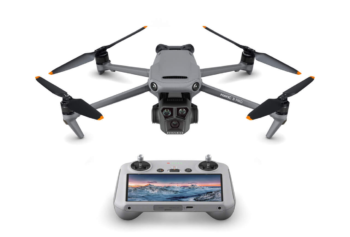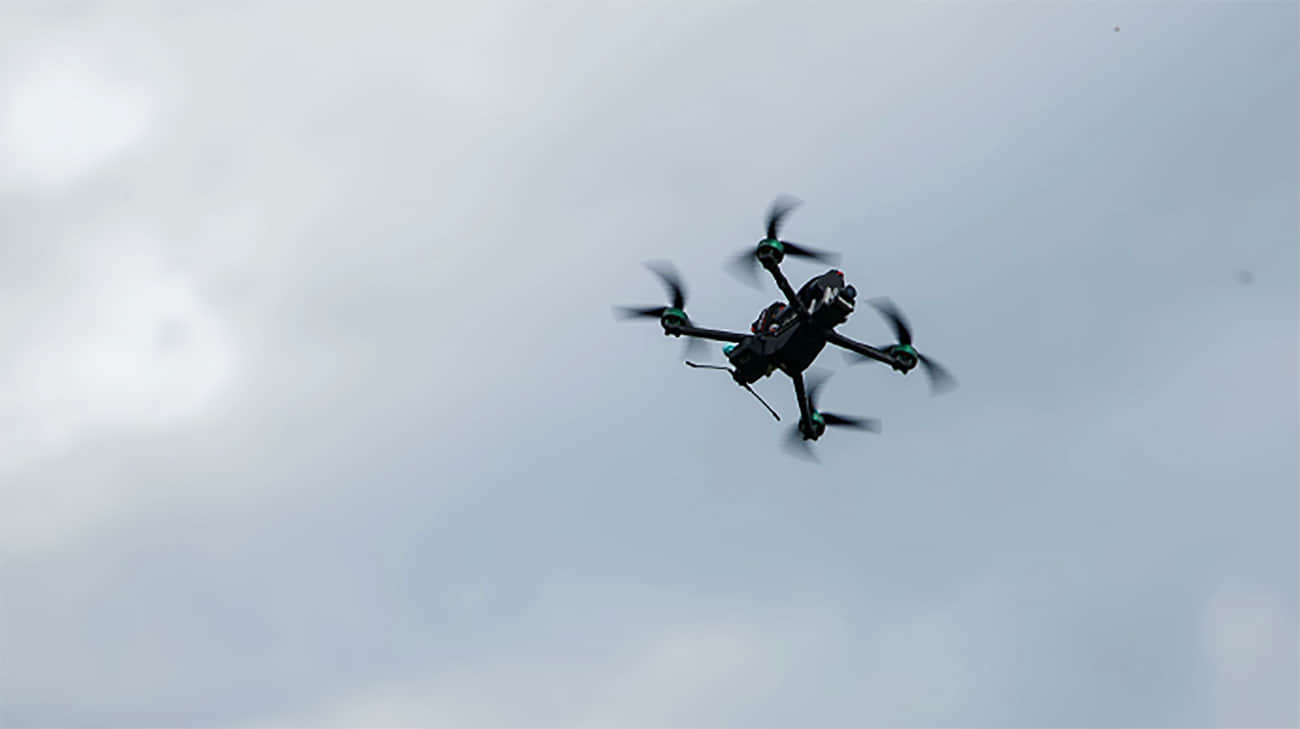Flying bombs: how $ 500 FPV drones became Ukraine’s weapon of choice
A covert army of DIY drone engineers are racing to outpace Russia in a war that will be defined by drone innovation w The post Flying bombs: how $ 500 FPV drones became Ukraine’s weapon of choice appeared first on Euromaidan Press.

The Swiss military correspondents wanted action; the 93d brigade wanted to oblige. Vladyslav Ovcharenko, callsign “Tourist,” had an idea: attach a munition to a racing drone bought online.
Donning goggles, he sped the drone kilometers away to a Russian-controlled village. Picking up speed, it slammed inside the blue doors of a hut with soldiers inside. Plumes of smoke followed; back at base, the Ukrainians cheered: they had turned a munition into a flying remote attack weapon.
And just like that, in July 2022, the FPV military drone revolution was conceived. This technology now defines the battlefield in Ukraine, making old doctrines obsolete. It led to the failure of Ukraine’s 2023 counteroffensive: western demining machines now last only hours due to swarms of Russian drones. While Ukraine initially led in FPV technology, Russia is scaling up drone production. The outcome of the war depends on who innovates faster.
Euromaidan Press has talked with Ukrainian FPV drone producers to understand why these cheap flying bombs have become key, and what could come next.
The outcome of the war depends on who innovates faster.
What FPV drones can do
Well-known Mavic “wedding drones” show the battlefield from above on a monitor. FPV drones are different: used by professionals for racing, they stream video directly into the pilot’s goggles for immersive flight.
“That way, you control the situation better, reacting faster to changes. You get immersed in flying,” Vadym, a Ukrainian FPV drone operator of a frontline unit who asked his last name to be withheld, told Euromaidan Press.
Difference between a “wedding drone” and an FPV drone
| Mavic drone | FPV (First-Person View) drone |
|---|---|
 |  |
| Flies autonomously when told to go in a certain direction | Do not fly autonomously, require manual control |
| Can hover over an area | Fly fast, up to 72 km/hour, is harder to shoot down, do not hover |
| Camera faces down to capture stable aerial photos and video | Camera faces flight direction for freestyle tricks and high-speed racing. |
| Piloted by line-of-sight while watching the drone in the sky | Piloted using live first-person video feed from the onboard camera to goggles or a monitor. The pilot sees as if they were aboard the drone |
| Can be flown after minimal training | Require highly skilled pilots with extensive training |
| Can carry 0.5 kg of explosives (F1 grenade, VOG-25 grenade, or a self-made explosive system on its base) | Can carry 1.5-2 kg of explosives (two thermobaric 0.8 kg bombs or a round from the SPG-9 gun, allowing piercing heavily armored vehicles |
Small drones are indispensable to the battlefield now.
- They allow soldiers to go 1-3 km behind the contact line, performing fire support, reconnaissance, artillery correction, and identifying casualties on both sides. “For instance, a sniper shoots a Russian from 1.2 km, but doesn’t know if he’s KIA or WIA. We raise a drone and verify that,” Vadym explains. Drones also deliver urgently needed supplies to positions, such as radios, ammunition, or water. In one case, a drone led a woman to safety in a rescue mission.
- Drones provide cheap but highly effective weapons. At the start of the war, artillery, anti-tank launchers, and grenade-dropping drones caused the most damage to Russian equipment. By March 2023, kamikaze and grenade drones were the most cost-effective Ukrainian weapons; FPV drones now hold first place. For $500, an FPV drone can uncover a dugout so that mortars can blast it, take out a T-72, and set a Russian Tor air defense system ablaze. “These are expensive, irreplaceable losses for Russia, difficult to recreate because it requires sanctioned Western technology. One T-72 tank was taken as a trophy: a drone dropped an SPG round, and its crew fled,” Vadym explains. Escadrone’s first FPV hits of Russian armor were in September 2022.




